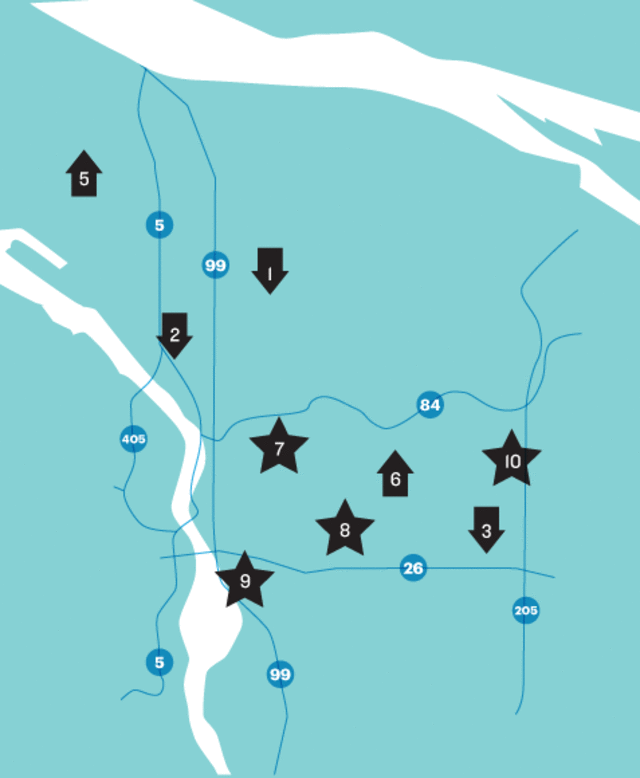Did Portland Public Schools Get Its Transfer Policy Right?
In 2003, Portland Public Schools adopted a lottery system to make it easier for students to transfer out of their neighborhood schools. They could trust to luck to get into neighborhood schools elsewhere or “focus option” schools offering specialized programs. Siblings of current students at those schools got priority, and the system included some weighting for socioeconomic diversity. But throughout the life of the policy, reports suggested the lottery system made matters worse for equity and diversity by draining students and resources from schools with sizable low-income and minority populations. Compared to the district as a whole, the students using the lottery are more likely to be white, less likely to be low-income.
Last fall, a committee recommended ending the lottery for neighborhood-to-neighborhood transfers. (Families seeking such moves could petition.) The issue remains charged: protesters derailed a January board meeting, preventing a vote on the proposed changes. At press time, however, a new system is supposed to be in place by early February, the start of next year’s transfer cycle.

Neighborhood schools with high outgoing new transfers this year
1. Vernon K–8 (-46 students)
Designated by the Oregon Department of Education as having one of the highest poverty rates in the state, Vernon receives extra funding to implement new programs designed to help underperforming students. 2044 NE Killingsworth St
2. Boise-Eliot PK–8 (-41 students)
About 60 percent of Boise-Eliot students are African American; only about 50 percent of the surrounding neighborhood’s school-aged population attends the school. 620 N Fremont St
3. Harrison Park K–8 (-38 students)
Harrison Park participates in Inspire, a City of Portland–funded program that targets schools with large Latino, Asian–Pacific Islander, and Slavic student populations. 2225 SE 87th Ave
Neighborhood schools with high incoming new transfers
4. Skyline K–8 (+23 students, not pictured)
Skyline is an International Baccalaureate program school, certified by a Swiss-based global curriculum organization. 11536 NW Skyline Blvd
5. Peninsula K–8 (+21 students)
Peninsula is rated as a 4 out of a possible 5 by the Oregon Department of Education, above average compared to socioeconomically similar schools—71 percent of its students come from low-income families, and 66 percent of the student population is made up of minorities. 8125 N Emerald Ave
6. Mount Tabor Middle School (+19 students)
The school’s most recent ODE report card classifies one-third of Mount Tabor’s students as “economically disadvantaged.” About 60 percent of students are white. (A handful of students also transferred into Mount Tabor’s language immersion programs.) 5800 SE Ash St
In-demand focus option schools
7. Da Vinci Arts Middle School: 398 students applied for 150 available sixth-grade slots at this school, where each student has two arts classes per day. 2508 NE Everett St
8. Richmond: Home to a Japanese immersion program; 295 students applied for 128 K–5 slots. 2276 SE 41st Ave
9. Winterhaven: Offers accelerated instruction in math, science, and technology; 180 students applied for 24 kindergarten slots. 3830 SE 14th Ave
10. Creative Science: 379 students applied for 68 slots at this K–8 school, which uses a hands-on “constructivist” curriculum. 1231 SE 92nd Ave
